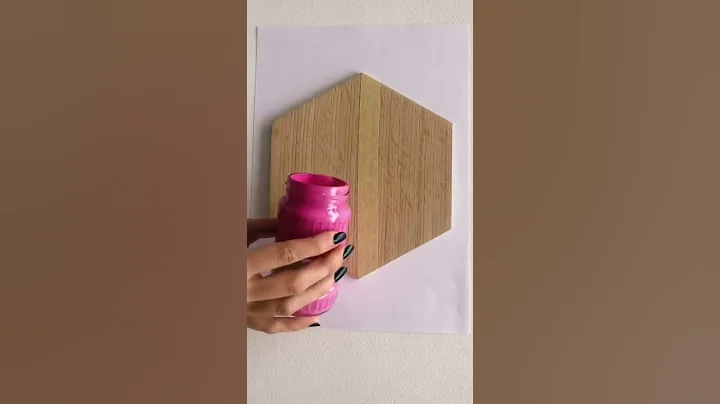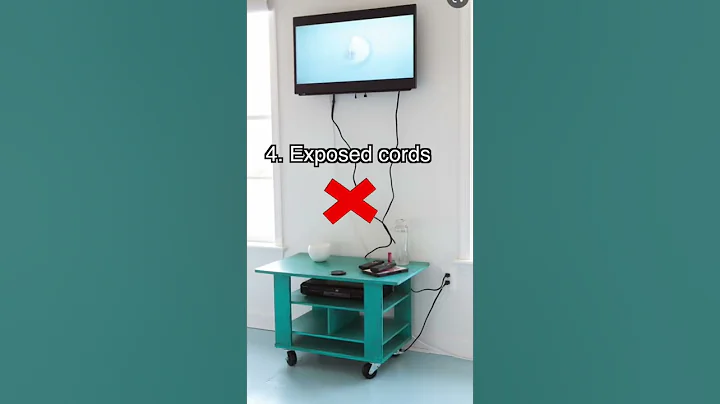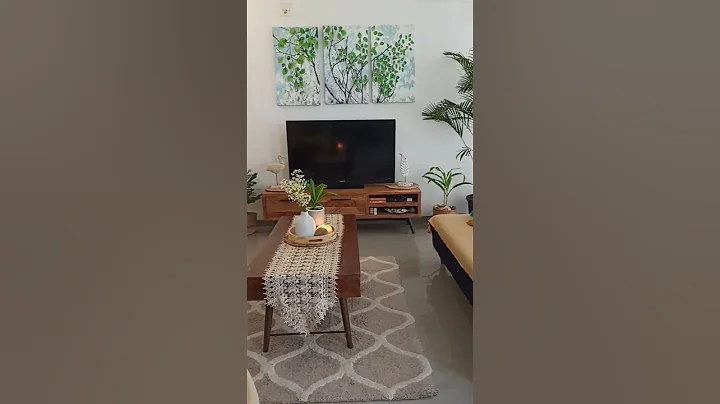
1. high fire water tank fire pipe
1. The water inlet pipe
(1) The diameter of the water inlet pipe
should satisfy the fire water tank 8h filled with water, but should not be less than DN32. A liquid level valve or float valve should be installed.
(2) The height of the lowest point of the water inlet pipe opening above the overflow edge should be equal to the diameter of the water inlet pipe, but the minimum should not be less than 100mm, and the maximum should not be greater than 150mm.
2. Outlet pipe
(1) The diameter of the outlet pipe should not be less than DN100.
(2) The lowest effective water level of the high-level fire water tank should be determined according to the submergence depth of the water outlet bell and the anti- cyclone . When the outlet pipe bell is used, the submergence depth at the lowest effective water level should be based on the suction pipe bell. The water flow speed and water conservancy conditions are determined, but it should not be less than 600mm; when using an anti-cyclone, it should be determined according to the product, but should not be less than the protection height of 150mm.
3. The diameter of the overflow pipe
(1) should not be smaller than 2 times the diameter of the inlet pipe , and should not be smaller than DN100.
(2) The diameter of the bell mouth of the overflow pipe should not be smaller than the diameter of the overflow pipe 1.5 -2.5 times .
2. Outdoor fire water supply pipeline
1. The fire water supply pipeline should be divided into several independent sections using valves. The number of outdoor fire hydrants in each section should not exceed 5 .
2. The diameter of the outdoor fire water supply pipe should not be smaller than DN100, and if possible, should not be smaller than DN150.
3. Buried pipelines should use ductile iron pipes or steel mesh skeleton plastic composite pipes water supply pipes when the system working pressure is not greater than 1.20MPa. When the system working pressure is greater than 1.2MPa and less than 1.6MPa, it should be used Steel mesh skeleton plastic composite pipes, thickened steel pipes and seamless steel pipes. When the system working pressure is greater than 1.6MPa, seamless steel pipes should be used.
3. Indoor fire water supply pipes
1. The indoor fire hydrant system pipe network should be arranged in a ring. When the design flow of outdoor fire hydrants is not greater than 20L/s and the number of indoor fire hydrants does not exceed 10 , it can be arranged into branches. status, but the ring water supply pipe network must be used in the following situations:
1) when supplying water to two or more buildings.
2) When using a temporary high-pressure fire water supply system equipped with a high-level fire water tank.
3) When supplying water to two or more water fire extinguishing systems.
4) When supplying water to an automatic water fire extinguishing system controlled by two or more alarm valves.
2. The design flow rate of fire water supply pipes should not be greater than 2.5m/s. The design flow rate of automatic water fire extinguishing system pipes should comply with the relevant provisions of current national standards, but the water supply rate of any fire protection pipe should not be greater than 7m/s.
4. Inspection of water supply pipe network
1. Unless otherwise specified in the design document, pipe support and hanger materials are generally made of Q235 ordinary carbon steel profiles.
2. The holes on the pipe supports and hangers should be processed with electric drills. Oxyacetylene is not allowed to be used to cut holes.
5. pipeline connection method
1. flexible joints should be used in places with vibration and buried pipelines. Rigid joints should be used in other places. When rigid joints are used, a flexible joint should be installed every 4-5 rigid joints. Sexual joints, bolts and nuts should be made of stainless steel when connecting underground.
2. The spacing between the mechanical tee openings should not be less than 1m, and the spacing between the mechanical four-way openings should not be less than 2m
6. Connection of overhead pipes
1. When the fire water supply pipe passes through the load-bearing wall or foundation of the building, it should be prepared in advance Leave a hole. The height of the hole should ensure that the clearance at the top of the pipe is not less than the settlement of the building, and should not be less than 0.1m, and it should be filled with impermeable elastic material.
2. When the fire water supply pipe passes through the wall or floor, a casing should be added. The length of the casing should not be less than the thickness of the wall, or should be higher than the floor or ground50mm.
3. The outside of the overhead pipeline should be painted with red paint or a red ring mark. The width of the red ring mark should not be less than 20mm, and the interval should not be greater than 4m. In an independent unit, the ring should not be less than two places .
7. Installation of pipe supports and hangers
The following parts should be equipped with fixed brackets or anti-sway brackets:
(1) The water distribution pipe should be equipped with an anti-sway bracket at the midpoint . It is not required when the pipe diameter is smaller than DN50.
(2) For water distribution main pipes and water distribution pipes, and water distribution branch pipes whose length exceeds 15m, at least one anti-sway bracket should be installed within every 15m of length. It is not necessary when the pipe diameter is not larger than DN40.
(3) An anti-sway bracket should be installed at the corners, tees and crosses of pipes with pipe diameters greater than DN50.





















